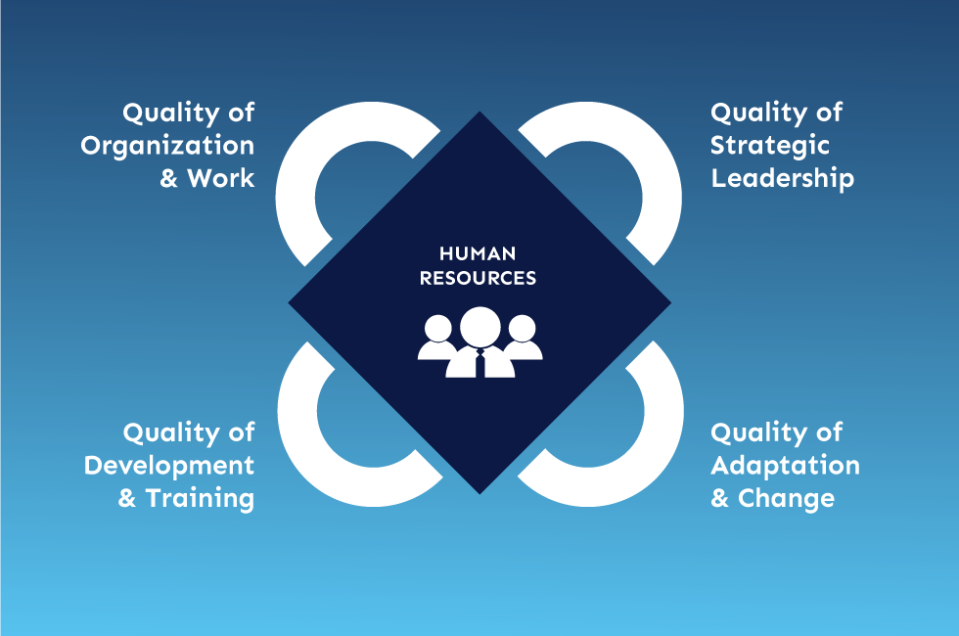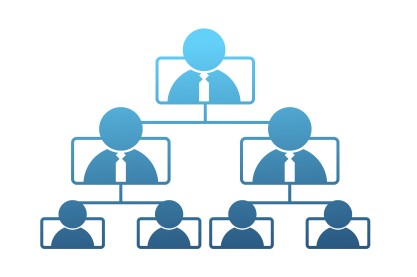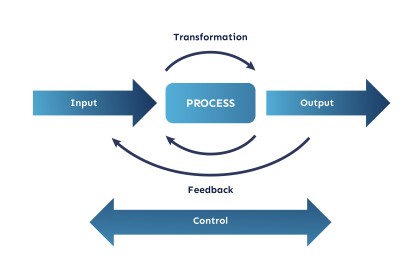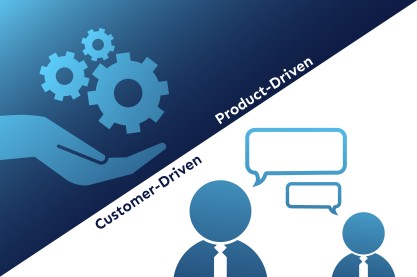Total Quality Manage...
18317 | 6 Apr 2023

Personnel needs are a multifaceted aspect of workforce management that extends beyond the mere numbers on a payroll. They encompass the entire spectrum of human resources, including skills, qualifications, well-being, and motivation. In this article, we will delve into the significance of determining personnel needs, explore how it impacts an organization's success, and uncover the key factors that play a pivotal role in meeting these needs effectively.
Personnel needs within an organization are like pieces of a complex puzzle. Each employee brings unique skills, experiences, and aspirations that, when combined, create a cohesive and thriving workforce. However, solving the riddle of personnel needs requires a strategic approach that takes into account the diversity of individuals and their roles within the organization.
Personnel needs are not a one-size-fits-all concept; they encompass various elements crucial for an organization's functionality and growth. To gain a deeper understanding, let's dissect these components:
Determining staffing needs is not a mere administrative task; it's a strategic imperative for organizations. Here's why it's crucial:
Effectively meeting personnel needs is a multifaceted endeavor that requires a comprehensive approach. By diving deeper into the key factors involved in this process, organizations can build a strong foundation for success. Let's explore these key factors in detail:
The quality of an organization's structure and work processes is paramount in meeting personnel needs effectively. A well-structured organization ensures that roles and responsibilities are clearly defined, eliminating confusion and redundancy. Additionally, efficient work processes streamline operations, reducing wasted time and resources.
A well-organized organization fosters an environment where employees can thrive. It provides clarity in expectations, promotes teamwork, and minimizes bottlenecks. When roles and responsibilities are well-defined, employees understand their contributions to the overall mission, enhancing their sense of purpose and motivation.
Efficiency in work processes not only saves time but also boosts productivity. By eliminating unnecessary steps and automating repetitive tasks, organizations can allocate resources more effectively and free up employees to focus on tasks that require critical thinking and creativity.
Strong leadership is the cornerstone of understanding and addressing personnel needs. Leaders play a pivotal role in shaping the culture and direction of an organization. Effective leaders are not only attuned to the needs and aspirations of their workforce but also possess the ability to make informed decisions that align with the organization's objectives.
Leadership that fosters open communication and transparency can identify personnel needs at an early stage. By engaging with employees, leaders can gain insights into their concerns, aspirations, and challenges. This information is invaluable for tailoring strategies to meet personnel needs proactively.
Furthermore, strong leadership sets the tone for the organization's commitment to personnel development and well-being. Leaders who prioritize employee growth and job satisfaction create a positive work environment that attracts and retains top talent.
Investing in employee development and training is an essential component of meeting personnel needs effectively. Skill gaps can hinder productivity and growth, making it imperative to bridge these gaps through targeted training programs.
Continuous learning and development not only enhance employees' skills but also boost their confidence and job satisfaction. Organizations that provide opportunities for employees to acquire new skills and advance in their careers are more likely to retain their workforce and maintain a competitive edge.
Effective development and training programs should be tailored to individual needs and the organization's goals. This customization ensures that employees receive the knowledge and skills required to excel in their roles, contributing to the organization's overall success.
In today's rapidly evolving business landscape, organizations must be agile and open to change. This includes adapting to new technologies, market dynamics, and evolving employee expectations. The ability to adapt is crucial for meeting personnel needs as it ensures that the workforce remains aligned with the organization's goals.
Adaptation to change involves a willingness to embrace innovation and a forward-thinking approach. Organizations that stay current with industry trends and leverage emerging technologies are better positioned to address personnel needs effectively. Moreover, they can seize new opportunities and remain competitive in their respective markets.
Additionally, organizations must consider evolving employee expectations. The modern workforce often values flexibility, work-life balance, and opportunities for personal and professional growth. Adapting to these expectations can help attract and retain top talent, ultimately meeting personnel needs in a dynamic and competitive environment.
The business landscape continuously evolves, presenting new technologies, market trends, and customer preferences. Employee development equips the workforce with the skills and knowledge needed to adapt to these changes and drive innovation.
Organizations that encourage continuous learning and experimentation nurture a culture of innovation. Employees expanding their horizons are more likely to devise creative solutions, explore novel ideas, and embrace change—a vital ingredient for competitiveness in dynamic industries.
By cultivating a culture of continuous learning, organizations stay ahead of the curve, positioning themselves to seize opportunities and effectively navigate challenges.
One of the first challenges in solving the personnel needs puzzle is recognizing the diversity of needs that employees bring to the table. People have different skill sets, career aspirations, and personal circumstances that influence their requirements from their work environment. Understanding and accommodating these diverse needs is essential for creating a harmonious and productive workplace.
To solve the personnel needs puzzle effectively, organizations must be prepared to customize their solutions. One size does not fit all when it comes to personnel management. Here are strategies for tailoring solutions to individual needs:
Solving the people puzzle of personnel needs is an ongoing process. It requires continuous feedback mechanisms and adaptability. Regular check-ins, surveys, and open communication channels with employees can help organizations stay attuned to evolving needs and preferences.
In conclusion, meeting personnel needs is a multifaceted and complex process that goes beyond mere headcounts. It demands a holistic approach encompassing the quality of organization and work, the caliber of strategic leadership, the emphasis on development and training, and the ability to adapt to change. These critical components form the foundation of an effective workforce management strategy.
By prioritizing these key factors, organizations can create a work environment that not only fosters employee growth, satisfaction, and productivity but also aligns seamlessly with the organization's strategic objectives. Recognizing the significance of personnel needs and adhering to these guiding principles empowers organizations to cultivate a workforce that is both productive and fulfilled. This, in turn, sets the stage for their long-term success in a dynamic and competitive business landscape. Solving the riddle of personnel needs is not just a puzzle; it's a strategic imperative that leads to a thriving and prosperous organization.
What are your thoughts on the subject above? Feel free to post a comment or start a discussion.
TAGS: Personnel Needs, Workforce Management, Human Resources, Talent Management, Employee Development, Strategic Leadership, Organizational Efficiency, Adaptation to Change, Employee Well-being, Employee Satisfaction, Skill Development, Career Progression, Staffing Strategy, Motivation Strategies, Workplace Environment, Employee Engagement, Personnel Planning, Customized Solutions, Diversity in the Workplace, Employee Recognition, Performance Optimization, Training and Development, Continuous Feedback, Organizational Success, Cost Control, Well-being Initiatives, Productivity Enhancement, Employee Retention, Agile Workforce, Competitive Advantage.



Leave A Comment